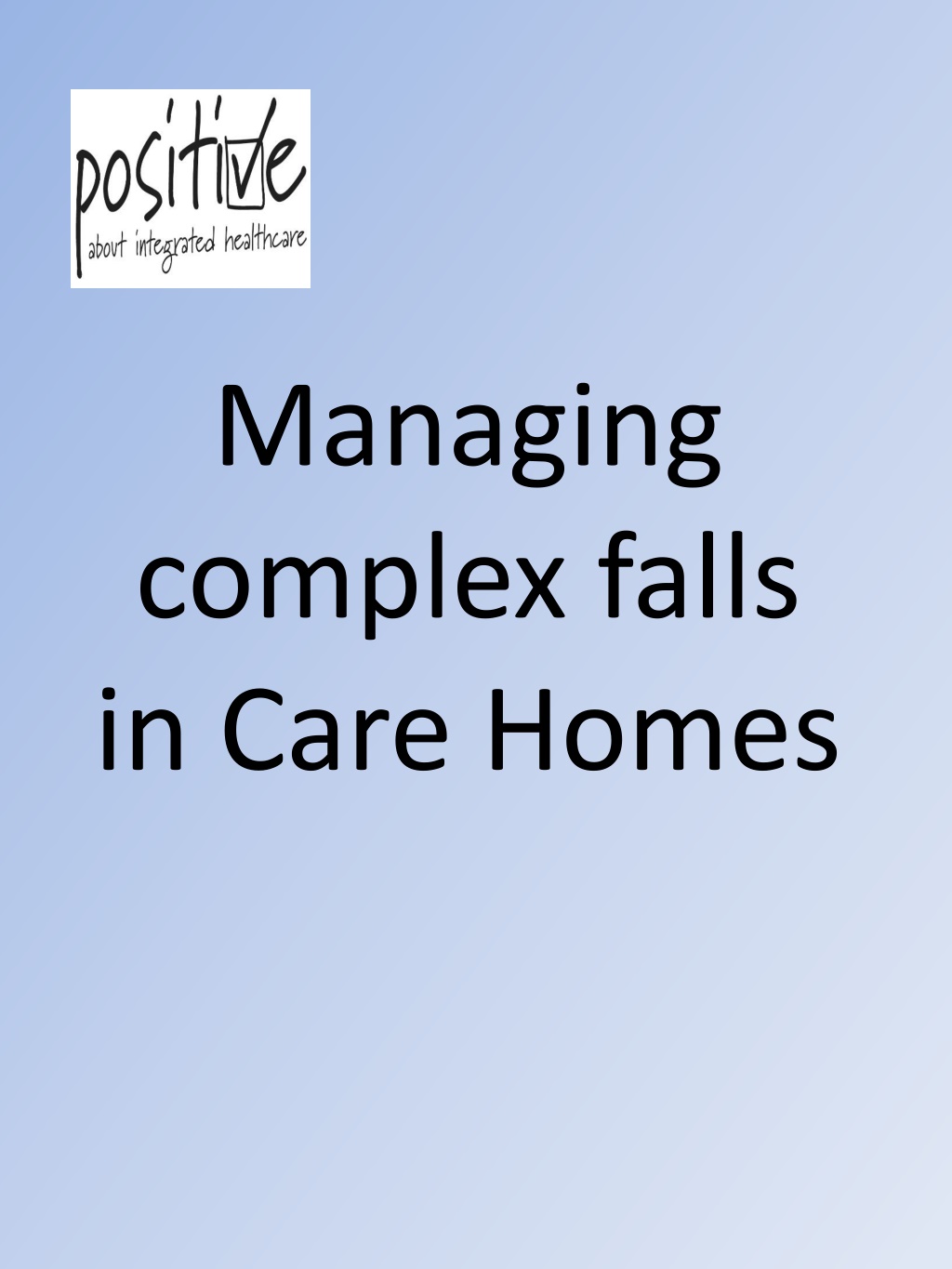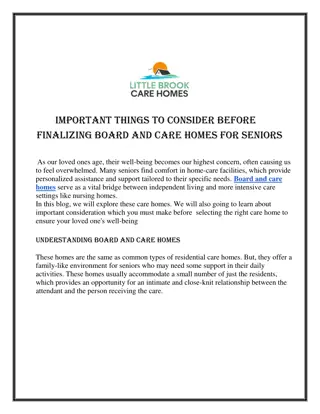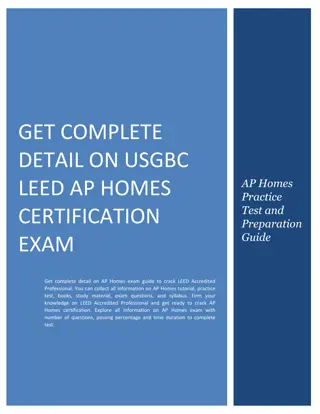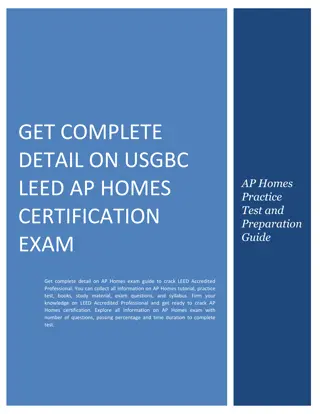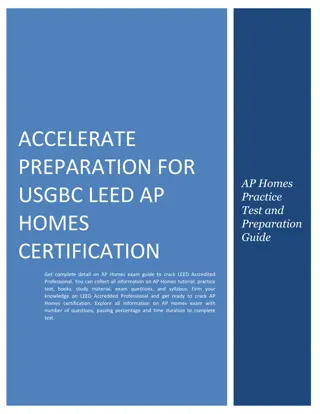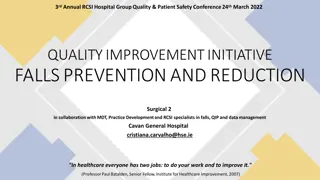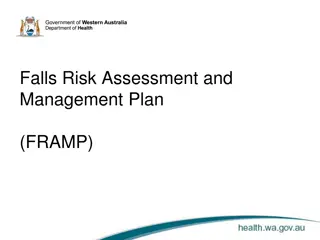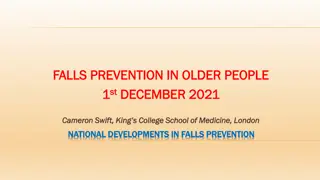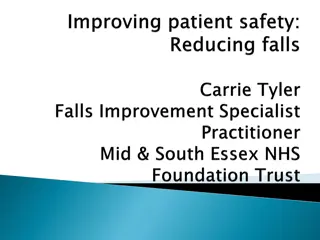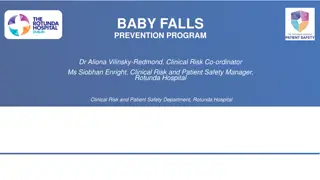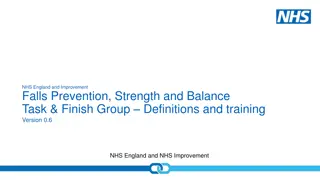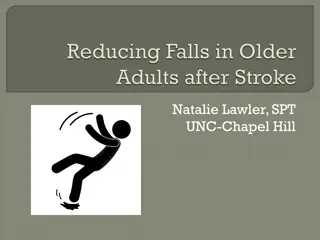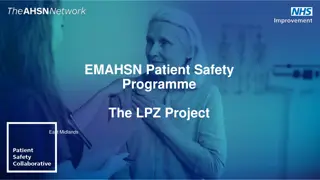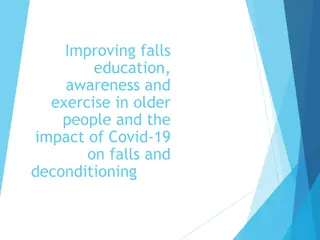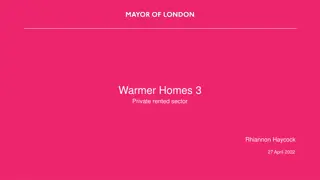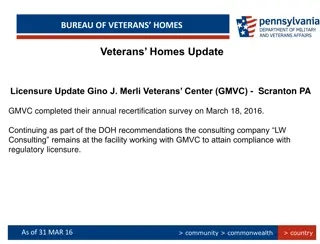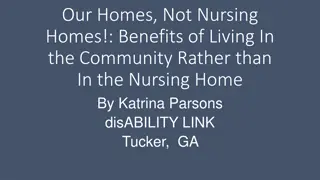Managing Complex Falls in Care Homes: Strategies and Updates
This comprehensive resource provides an overview of managing complex falls in care homes, including practical strategies, updates on falls in care home work, access to enhanced therapy services, and insights into common complex issues such as patients with advanced dementia and slipping from beds and chairs. The content also includes information on reducing falls, promoting basic health monitoring for patients with dementia, addressing non-compliance issues, and practical solutions for managing challenging situations in care home settings.
Download Presentation

Please find below an Image/Link to download the presentation.
The content on the website is provided AS IS for your information and personal use only. It may not be sold, licensed, or shared on other websites without obtaining consent from the author. Download presentation by click this link. If you encounter any issues during the download, it is possible that the publisher has removed the file from their server.
E N D
Presentation Transcript
Managing complex falls in Care Homes
Content Overview and update on the falls in Care Home work Use of the Purple Poster /other falls tools Practical strategies when dealing with complex falls Open discussion
Care Home Update !0 Care Homes in NW have access to an enhanced therapy service providing Early intervention, initial assessment within 10 working days Exercise intervention delivered by support workers. Two individual treatments a week for a three month period Delivery of once weekly chair based exercise class in 7 out of 10 of the Care Homes Advice ,guidance and support for senior staff in assessing and problem solving issues around falls On going training of care staff in falls awareness Data collection
Number of falls in 2013 to 2014 in 6 Care Homes There was an overall reduction of falls by 32.9% 2013 to 2014
Common complex issues 1. Patients with advanced dementia 2. Slipping from beds and chairs 3. Repeat falls non compliance 4. Supervision issues 5. Equipment provision for falls reduction
Patients with dementia Promote basic health monitoring ( nutrition, hydration, footwear, monitor for infection, meds review , dementia review , review of medical conditions ) Sensor mats ( chair, mattress, floor) best interest form needs completing if patient does not have capacity Supervision ( moving room, being in public areas) Involvement in purposeful activities
Slipping off beds and chairs Check bed and chair heights , higher or lower as appropriate ( care Home to purchase any equipment ) OT assessment if required Pressure mattresses can cause slipping, consider alternative with DNs One way slip mats Use of bed levers
Non Compliance Difficult to manage Mental health review request ? Find out what motivates the patient to take risks Goal setting around risky behaviours Refer for CBT Document non compliance clearly in care plan if patient has capacity to understand the risks
Supervision issues Huge problem . Patients cannot be monitored 24 hours Look for patterns in the individual falls history for clues as to when supervision should be increased ( eg patient falls in early am ? Toileting issues) Sensor mats Increasing nightly checks Extreme cases 1:1 continuing care funding can be applied for .Discuss with manager , Dementia outreach team can complete the forms
Equipment Provision Assess what the patient needs for safety and falls reduction Clearly state the need for the equipment and the impact on falls reduction and patient safety Care Homes responsibility to provide equipment eg bed, chair, rotunda, crash mats, wedges Cot sides can only be used with a completed cot sides risk assessment form completed and in the care plan Change room arrangements to reduce risk of falls
Open discussion What is your experience?
End of session Thank you for coming
